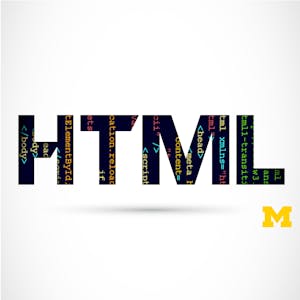Introduction to Web Applications
About this Course
Students start by learning about the HyperText Markup Language (HTML) and basic rules for creating compliant HTML. They learn tags for creating web pages and formatting text on the page including lists and special characters. Students will learn how to embed images, video and audio in web pages and format information in tables. They will learn to create hyperlinks, and to use text and images for hyperlinks including creating image maps. Students will also create HTML forms to collect user information. Then students will learn about Cascading Style Sheets (CSS) including in-line styles, embedded style sheets and external style sheets. They will use CSS to format web pages using combinators, and attribute, structural and pseudo-element selectors to change colors, and add creative elements including borders, drop-shadows, block quotes, background images, and gradients. They will use CSS to control page layout including creating flexible box layouts and newspaper style columns. They will also use CSS to create transitions and animations. The labs guide students through the process of creating a multiple page website with a consistent theme that includes tables, forms, and animated elements. Then they will complete a capstone project to demonstrate mastery of course objectives.Created by: Akamai Technologies, Inc.

Related Online Courses
This Specialization is intended for anyone with a passion for learning who is seeking to develop the job-ready skills, tools, and portfolio to have a competitive edge in the job market as an... more
Welcome to Predictive Modeling, Model Fitting, and Regression Analysis. In this course, we will explore different approaches in predictive modeling, and discuss how a model can be either supervised... more
This introductory course, aimed at first-semester MBA students, allows learners to gain a comprehensive understanding of the fundamentals of marketing through the lens of the 4Ps. We\'ll discuss... more
In this course, you will learn the Grammar of Graphics, a system for describing and building graphs, and how the ggplot2 data visualization package for R applies this concept to basic bar charts,... more
Thanks to a growing number of software programs, it seems as if anyone can make a webpage. But what if you actually want to understand how the page was created? There are great textbooks and online... more








